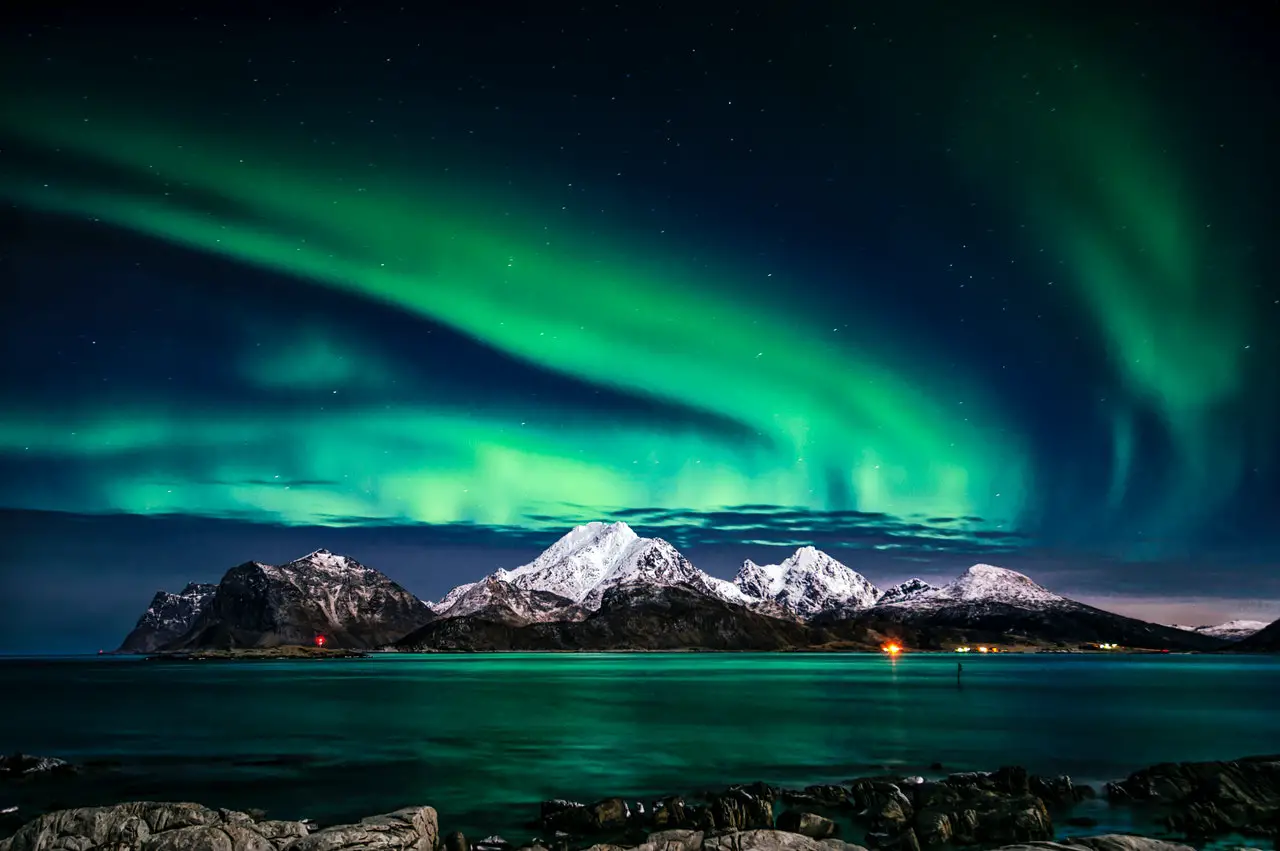Planet Earth still hides many things shrouded in mystery. Among them, the aurora borealis or simply known as the artic lights. This unexplainable phenomenon baffled the scientists since forever, yet no one was able to explain the origins of the world’s greatest lights show. Not, until now!
View this post on Instagram
A team of physicists at the University of Iowa recently said they had finally find the answer to this mystery, CNN reports. For many year, explores had only guessed how these magnificent phenomenon is produced, but now, they have been able to recreate the aurora into a lab, and too finally find the answer the humanity was looking for centuries.

The conclusion was that the famous arctic lights “produced by powerful electromagnetic waves during geomagnetic storms.” In translation that means the Alfven waves force the electrons to move extremely fast towards our planet and as a result of their incredible speed (nearly 45 million mph) they produce light. And that the Northern light.

“This small population of electrons undergoes ‘resonant acceleration’ by the Alfven wave’s electric field, similar to a surfer catching a wave and being continually accelerated as the surfer moves along with the wave,” prof Greg Howes, co-author of the study told CNN. “So our experiment matched the predictions from computer simulations and mathematical calculations, proving that electrons surfing on Alfven waves can accelerate the electrons that cause the aurora.”
Although we now know the origins of the aurora, we are still so far away from being able to completely explain the phenomenon. The scientists, now need to figure out the intensity of each storm, for a better explanation of the arctic lights.
View this post on Instagram
“To predict how strong a particular geomagnetic storm will be, based on observations of the Sun and measurements from spacecraft between the Earth and the Sun, remains an unsolved challenge,” prof Howes added.
Though everyone embraced the news with enthusiasm, some think it is still to early for conclusion to be drawn. “We’re tremendously excited, but space is simply too big to easily simulate in the lab,” said Patrick Koehn, a scientist in the Heliophysics Division of NASA.
More about the aurora in the video below:
Source WRCBTV.
